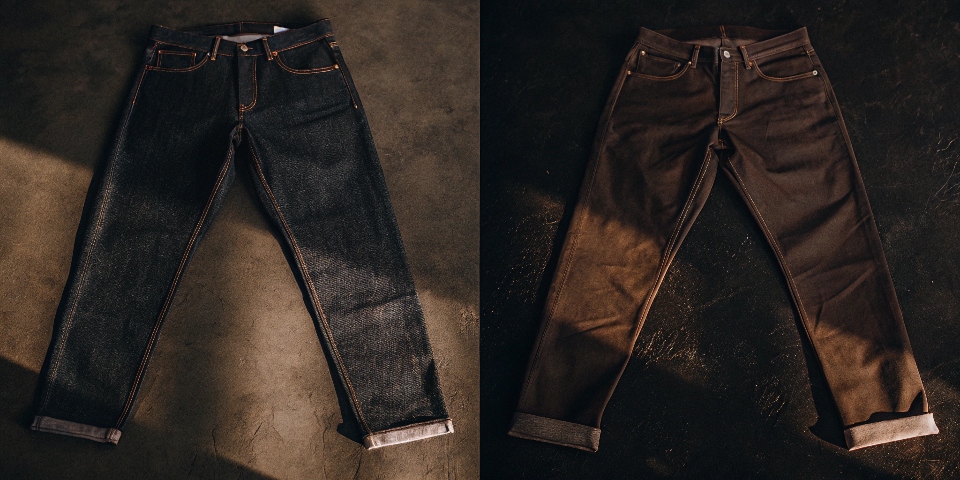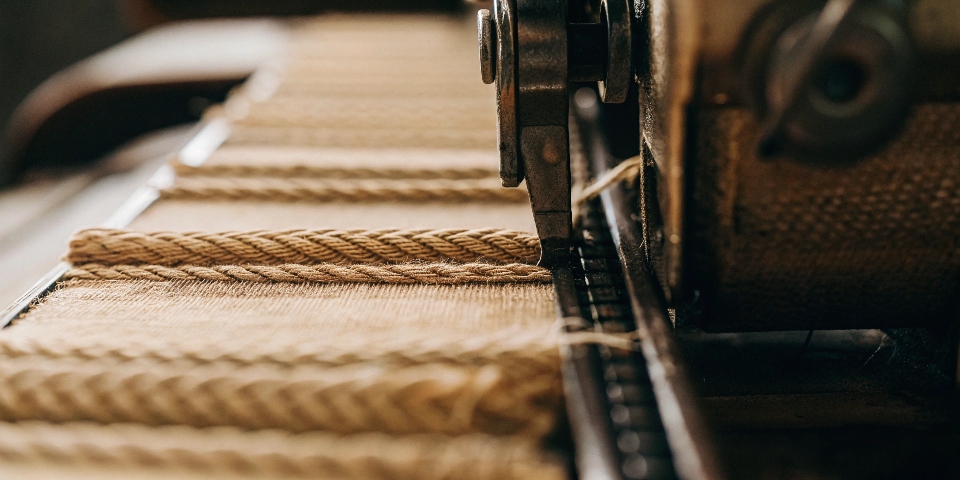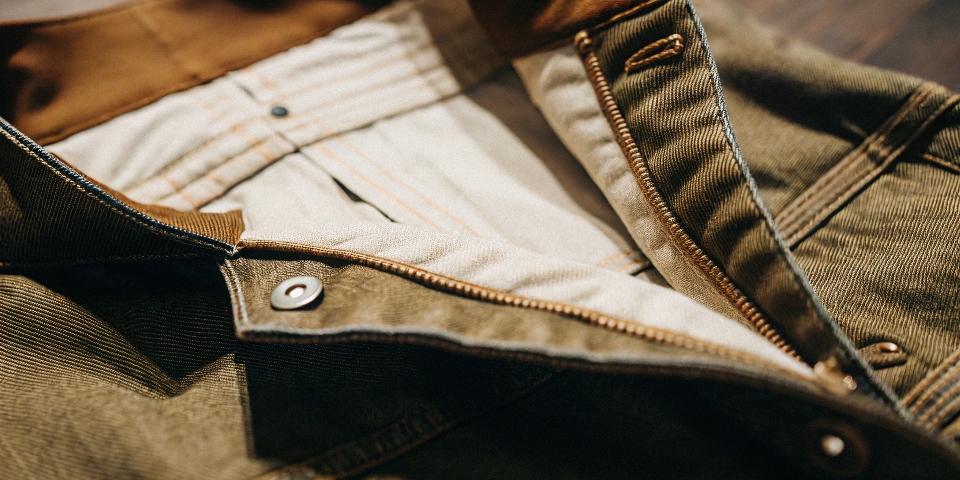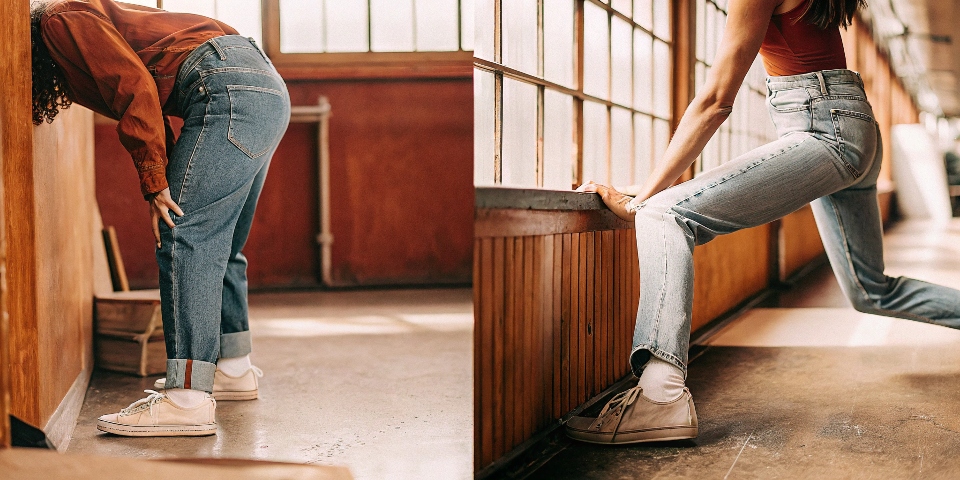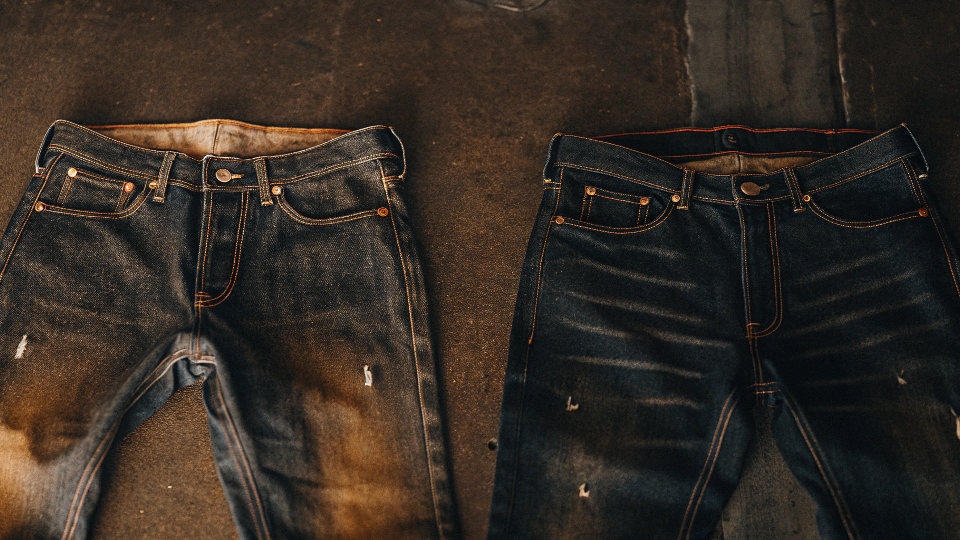You love the comfort of your stretch jeans, but a small voice in your head wonders if they are truly "authentic." It feels like you might be trading quality for comfort.
Yes, stretch jeans are real denim. They are made from traditional cotton denim fabric that has a small amount of an elastic fiber, like spandex, woven into it to provide flexibility and better shape recovery.
As a manufacturer working with countless denim brands, I handle bolts of both 100% cotton and stretch fabrics every single day. The debate over what constitutes "real" denim is one I hear often.
For a creative designer like Dean, the choice between these materials is fundamental; it defines the fit, feel, and function of the final garment he envisions. Let's break down the facts and settle this question for good.
Is stretch denim real denim?
The name "stretch jeans" might make you think of flimsy leggings, not the sturdy workwear that denim is famous for. You feel like you might be buying a weaker, less authentic product.
Yes, stretch denim is absolutely real. It starts with the same cotton yarn and is woven with the same characteristic twill weave. The only difference is the addition of a small percentage (usually 1-3%) of elastic fiber.
Let me be very clear: the foundation of stretch denim1 is denim itself. Denim is defined by its material (cotton) and its construction (a twill weave). Stretch denim uses both. The confusion comes from the small addition of an elastic fiber, most commonly spandex or elastane.
In my factory, a typical roll of stretch denim for a high-end brand is 98% cotton and 2% spandex. That means 98% of the fabric is the exact same material as a traditional pair of jeans. It's important to understand that this addition isn't always a cost-cutting measure.
In fact, my notes show that high-end jeans brands often choose a 98% cotton and 2% spandex blend. This type of high-quality stretch fabric2 is often more expensive to produce than many mid-range 100% cotton fabrics. The spandex is a performance ingredient, not a cheap filler.
How can you tell if jeans are real denim?
You're looking at a pair of blue pants, but you're not sure if they're real jeans. Are they genuine denim or just some other cotton pant dyed blue?
Look for the diagonal weave. Real denim has a distinct diagonal pattern in the fabric's texture due to its twill weave. The inside of the fabric will also be lighter than the outside.
This is one of the easiest ways to identify true denim, whether it has stretch or not. The strength and classic look of denim come from its specific weave, called a twill weave3. In simple terms, this means the horizontal thread (weft) goes over one vertical thread (warp) and then under two or more.
This process creates a visible diagonal line on the surface. You can see it and feel it. Another key characteristic is the color difference. In traditional denim production, only the vertical warp threads are dyed with indigo.
The horizontal weft threads are left in their natural white color. This is why the outside of your jeans is dark blue and the inside is much lighter. If you look at a pair of pants and they have a simple square grid pattern (like a canvas bag) or are the same color on the inside and outside, they are likely not true denim4, but another type of twill pant, like a chino.
What is the difference between stretch jeans and normal jeans?
You're in the store, deciding between a rigid, classic pair and a flexible, modern one. You want to understand what you're really gaining and losing with each choice.
The key difference is the fiber content and how it affects fit and feel. Normal jeans are 100% cotton, while stretch jeans blend cotton with elastic fibers for flexibility.
The choice between 100% cotton and a stretch blend really comes down to the desired fit and feel. As a manufacturer, the technical specifications we receive from brands are very clear on this. Baggier, heritage-style fits, like a classic straight leg or a loose fit, will almost always be 100% cotton.
They don't need to flex, and the rigid fabric provides an authentic, traditional feel. On the other hand, skinny and slim-fit jeans require stretch. It would be nearly impossible to wear a true skinny jean made from 100% cotton5; you wouldn't be able to move.
A small amount of stretch also adds something incredibly important: stretch recovery. This means the fabric snaps back into shape. 100% cotton jeans can often get baggy in the knees and seat after you've worn them for a day. Stretch denim holds its shape much better.
| Feature | 100% Cotton "Normal" Jeans | Cotton/Spandex "Stretch" Jeans |
|---|---|---|
| Feel | Rigid at first, softens with wear | Soft and flexible from day one |
| Fit | Looser fits; molds to body over time | Slimmer, form-fitting styles |
| Fading | Develops sharp, high-contrast fades | Softer, more subtle fading patterns |
| Shape Retention | Can stretch out and bag with wear | Excellent recovery, retains its shape |
What are the disadvantages of stretch denim?
Stretch jeans seem to have it all: comfort, fit, and recovery. You feel there must be a catch. What are the trade-offs you're making for all that comfort?
The primary disadvantages are a lower tolerance for heat, as a machine dryer can destroy the elastic fibers, and a different aging process. They don't typically develop the sharp fades that denim purists love.
While high-quality stretch denim6 is a fantastic material, it does have weaknesses. The biggest one is its enemy: heat. The spandex or elastane fibers that provide the stretch are a type of plastic.
When exposed to the high heat of a tumble dryer, these fibers can melt, become brittle, and lose their elasticity forever. This is why the care label on stretch jeans almost always instructs you to hang or line dry. One hot cycle in the dryer can permanently ruin the fit of the jeans.
The other trade-off is in how they age. Denim purists often prefer 100% cotton because the stiff fabric creates sharp creases, which leads to high-contrast fades like "whiskers" across the lap. Because stretch denim is more flexible, it doesn't crease as sharply, leading to a softer, less defined fade over time.
Finally, beware of cheap stretch denim. While premium stretch is great, low-quality versions use inferior elastic that loses its ability to recover very quickly, leading to the dreaded saggy, baggy look that has given stretch jeans a bad name.
Conclusion
Stretch denim is indeed real denim, just engineered for modern life. Choose 100% cotton for its traditional feel and fading potential, or a quality stretch blend for superior comfort and shape retention.
-
Explore this link to understand the unique properties and benefits of stretch denim, enhancing your knowledge of this popular fabric. ↩
-
Discover insights on high-quality stretch fabric, its production costs, and why it matters for premium jeans. ↩
-
Understanding twill weave is essential for recognizing true denim's quality and characteristics. ↩
-
Exploring true denim identification helps you make informed choices when purchasing jeans. ↩
-
Explore the advantages of 100% cotton jeans, including their durability and traditional feel, to make an informed choice. ↩
-
Learning how to spot high-quality stretch denim ensures you invest in durable and stylish jeans. ↩

